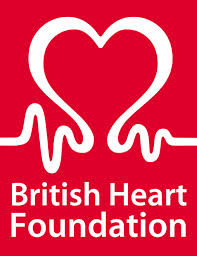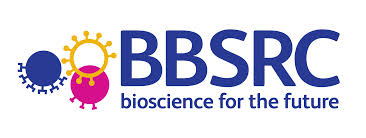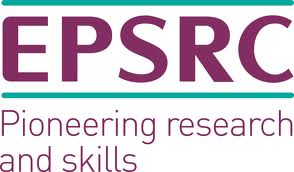Mark C RansleyMathematical biologist, functional materialist
|
CoMPLEX - University College London Gower Street London WC1E 6BT m.ransley.12@ucl.ac.uk |
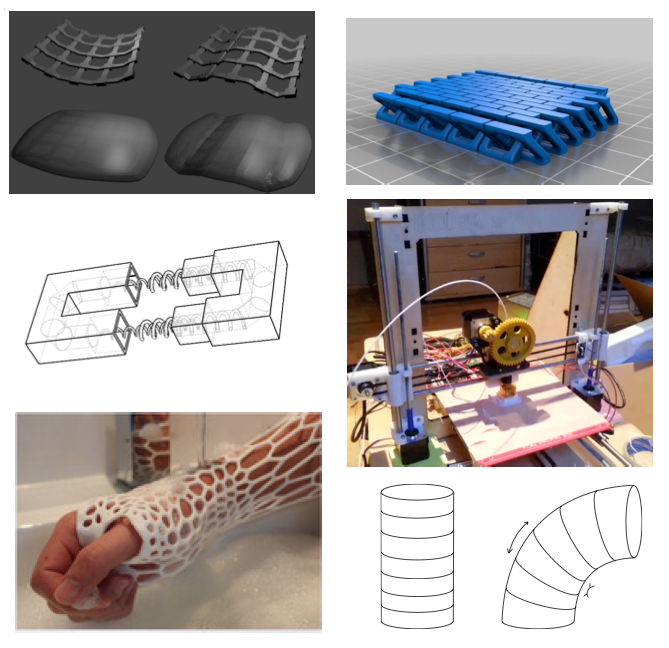
Images clockwise from top left: 1) Stills from a video I recently produced for Airbus to showcase a shape changing material with (bottom) and without (top) an encasing gel. 2) A chain-mail design taken from thingiverse. 3) A Prusa i3 3D printer that I built for prototyping WAM. 4) 3D morphing requires expansion and contraction at various points along the surface. 5) The 3D printed Cortex exoskeletal cast 6) Blueprints I designed for an early shape-changing chain-mail linkage.
PhD Project: Developing wearable assistive materials for orthopaedic applications
Supervisors: Prof. Mark Miodownik and Peter Smitham
Combining ion-intercalating Vanadium Pentoxide fibres, medieval chain-mail, nano-porous gels and microcontroller electronics, I am working with UCL's Wearable Assistive Materials group to develop WAM, a shape changing smart material with the ultimate goal of curing movement related disabilities. Robotic exoskeletons have yet to become a widespread mobility aid due to the current robotics paradigm being centered around motors and pneumatics, which are heavy, loud, energy intensive and very visible.
By the end of my PhD we hope to have developed the theory behind a light, thin and energy efficient smart material and to have produced a prototype patch. This highly ambitious and interdisciplinary project requires modelling and simulation across a number of scales, from the electronics and their effect on the solid-state V2O5 actuators to the shape changing chain-mail linkages, the morphing of the structure as a whole, and the forces such a material would exert on the person wearing it.
I am attempting to modify the popular musculoskeletal modelling package OpenSIM to incorporate 3D "limb volume" over the musculoskeletal framework, so that contact based assistive devices such as WAM may be studied. To model the remaining components of WAM - so that eventually the structure may be analysed, optimised and algorithmically constructed - I am developing a shape-changing chain-mail construction and analysis suite in C++, with rendering implemented through OpenGL. The theory behind this is based on differential geometry, solid body physics and structural rigidity theory.
For the prototyping end I am working regularly at UCL's Institute of Making to produce a chain-mail mesh with electronically adjustable rigidity. Since the V2O5 actuators are still being developed by our chemists, the shape memory alloy Nitinol is being used as a stand-in actuator. An interim report laying out my intentions and the nature of the problems in more detail may be found here.
Interferometric microscopy and structural colour
The bulk of my research for my MRes concerned the measurement of biological structures using laser interferometry. When two beams are combined, differences in their optical path lengths (eg. due to one having reflected from a biological surface) are manifested as visible "fringes" across the resultant beam.
In a previous report I considered the problem of non-parallel rays reflecting from surfaces, and the issues this may lead to when interpreting an "interferogram". When such stray rays contribute to the phase across the plane of measurement (camera), finding the causal surface geometry requires solving an inverse problem; the code I developed generates interferograms and then optimises the "sample" until the simulated and observed outputs match.
It transpires that the phase-inclusive ray-tracing algorithm being developed here may also be useful for rendering structural colour - the brilliant iridescent hues observed in, among others, the Blue Morpho Butterfly (pictured) and the tail feathers of the male peacock. The full report may be read here.


The role of bubble coalescence in decompression sickness
When gasses in the body are of a higher concentration than usual (typically when SCUBA diving), it is possible upon returning to standard ambient pressure for the gasses to form internalised bubbles, resulting in a range of distressing and even deadly effects.
If the ascent is planned carefully though, concentrations may equilibrate before bubble formation can occur. Divers will typically use intelligent watches or dive computers to calculate how this should best be done.
A team I worked with previously had been developing dive algorithms for VR Technology, employing bubble mechanics with the aim of producing a more accurate dive computer. In my work I looked at coalescence, where two smaller bubbles collide forming a larger one, and the occurrence of this phenomenon in vitro, in vivo and in the current expansion algorithm.
The full report may be read here.
Behavioural Influence On Circadian Patterns in Drosophila Melanogaster
The circadian clock is the timekeeper of biological lifeforms, telling processes how they should be synchronised with the world outside. Numerous environmental cues tell the clock whereabouts in its ~24hour cycle it should be set, and a wealth of experimental results exist to demonstrate how the clock may be manipulated. Both the speed (frequency) of the clock, and its phase (whereabouts the "hands" are set to) can be almost permanently adjusted through stimulating an organism with light, temperature, feeding times etc.
Following on from a recent surprising result at UCL in which physical vibration was shown to entrain the circadian clock in Drosophila Melanogaster, we theorised that one's own motion may play a role in body-clock entrainment.
Working with the UCL Ear Institute and the Gatsby Unit for Computational Neuroscience, I developed a model to test this theory.
The full report can be read here.
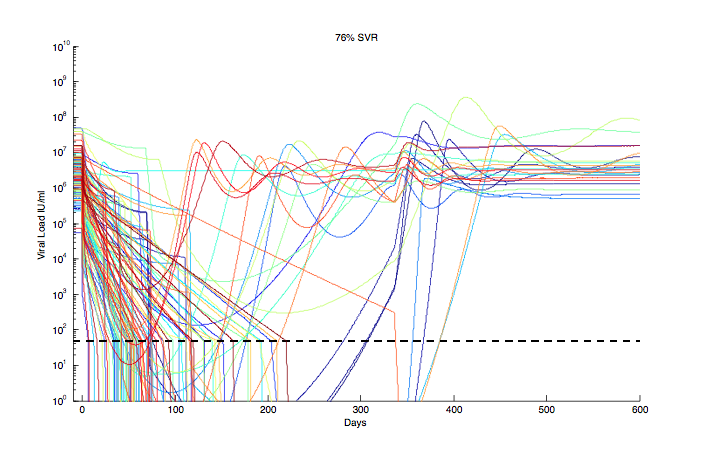
The viral dynamics of Hepatitis C
For my MMath project in 2011, I worked for Pfizer Inc. on modelling the Hepatitis C Virus, which affects around 3% of the world's population and at the time of writing had a cure rate of around 50% for the Genotype 1 strain.
Taking the latest population parameters from a large scale study and modifying the current model to incorporate a number of prospective future therapy mechanisms we proposed several treatment regimes that would, in theory, yield a more satisfying cure rate.
A formula was developed to determine the optimal drug dose for purging the virus from an individual based on their response to lower doses, potentially resulting in a 100% cure rate, though safety considerations were not taken into account.
The full report may be read here.
Funding
My work through UCL CoMPLEX is kindly funded with the aid of following bodies:
